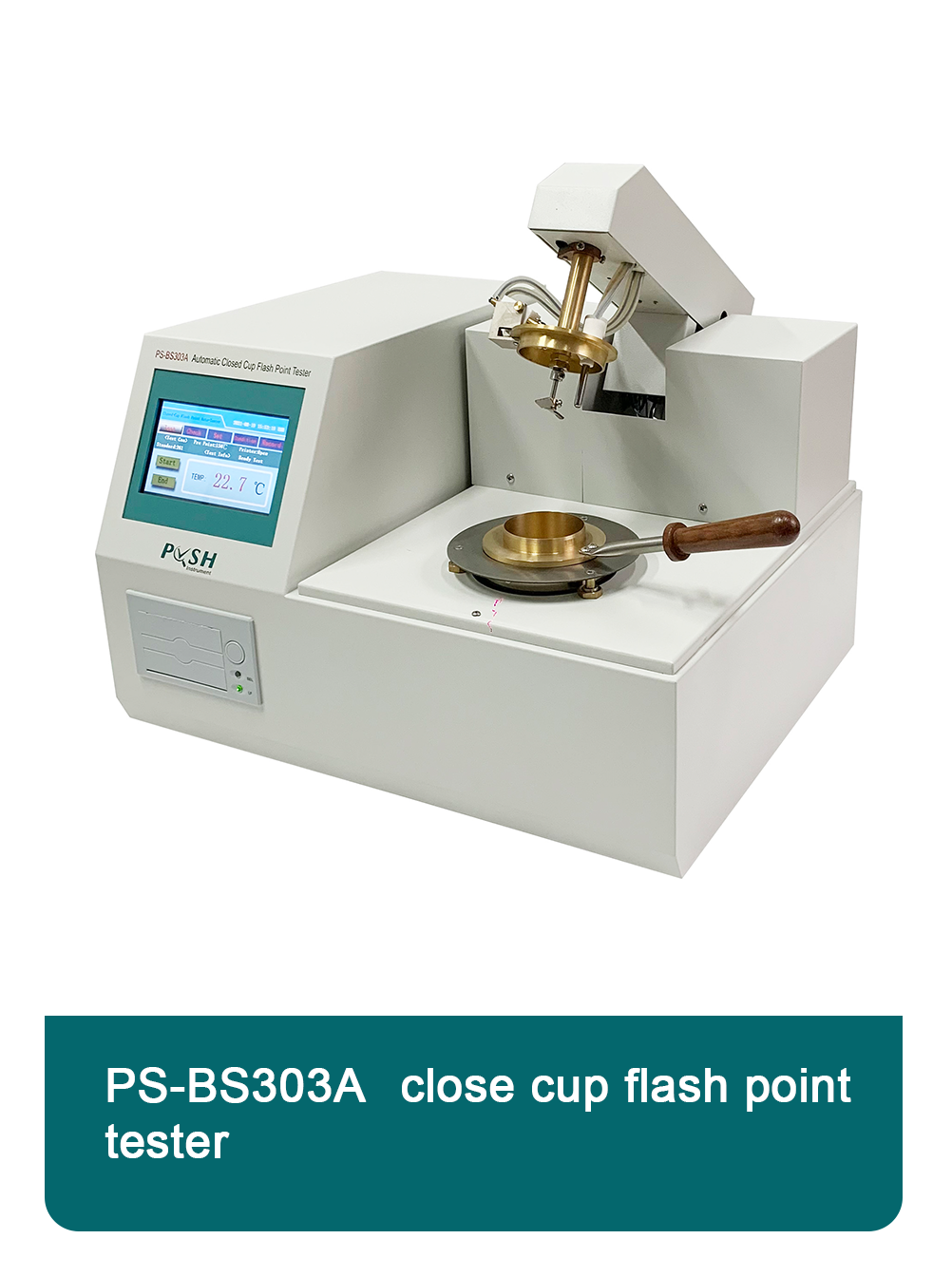 English
English



-
 Afrikaans
Afrikaans -
 Albanian
Albanian -
 Amharic
Amharic -
 Arabic
Arabic -
 Armenian
Armenian -
 Azerbaijani
Azerbaijani -
 Basque
Basque -
 Belarusian
Belarusian -
 Bengali
Bengali -
 Bosnian
Bosnian -
 Bulgarian
Bulgarian -
 Catalan
Catalan -
 Cebuano
Cebuano -
 China
China -
 China (Taiwan)
China (Taiwan) -
 Corsican
Corsican -
 Croatian
Croatian -
 Czech
Czech -
 Danish
Danish -
 Dutch
Dutch -
 English
English -
 Esperanto
Esperanto -
 Estonian
Estonian -
 Finnish
Finnish -
 French
French -
 Frisian
Frisian -
 Galician
Galician -
 Georgian
Georgian -
 German
German -
 Greek
Greek -
 Gujarati
Gujarati -
 Haitian Creole
Haitian Creole -
 hausa
hausa -
 hawaiian
hawaiian -
 Hebrew
Hebrew -
 Hindi
Hindi -
 Miao
Miao -
 Hungarian
Hungarian -
 Icelandic
Icelandic -
 igbo
igbo -
 Indonesian
Indonesian -
 irish
irish -
 Italian
Italian -
 Japanese
Japanese -
 Javanese
Javanese -
 Kannada
Kannada -
 kazakh
kazakh -
 Khmer
Khmer -
 Rwandese
Rwandese -
 Korean
Korean -
 Kurdish
Kurdish -
 Kyrgyz
Kyrgyz -
 Lao
Lao -
 Latin
Latin -
 Latvian
Latvian -
 Lithuanian
Lithuanian -
 Luxembourgish
Luxembourgish -
 Macedonian
Macedonian -
 Malgashi
Malgashi -
 Malay
Malay -
 Malayalam
Malayalam -
 Maltese
Maltese -
 Maori
Maori -
 Marathi
Marathi -
 Mongolian
Mongolian -
 Myanmar
Myanmar -
 Nepali
Nepali -
 Norwegian
Norwegian -
 Norwegian
Norwegian -
 Occitan
Occitan -
 Pashto
Pashto -
 Persian
Persian -
 Polish
Polish -
 Portuguese
Portuguese -
 Punjabi
Punjabi -
 Romanian
Romanian -
 Russian
Russian -
 Samoan
Samoan -
 Scottish Gaelic
Scottish Gaelic -
 Serbian
Serbian -
 Sesotho
Sesotho -
 Shona
Shona -
 Sindhi
Sindhi -
 Sinhala
Sinhala -
 Slovak
Slovak -
 Slovenian
Slovenian -
 Somali
Somali -
 Spanish
Spanish -
 Sundanese
Sundanese -
 Swahili
Swahili -
 Swedish
Swedish -
 Tagalog
Tagalog -
 Tajik
Tajik -
 Tamil
Tamil -
 Tatar
Tatar -
 Telugu
Telugu -
 Thai
Thai -
 Turkish
Turkish -
 Turkmen
Turkmen -
 Ukrainian
Ukrainian -
 Urdu
Urdu -
 Uighur
Uighur -
 Uzbek
Uzbek -
 Vietnamese
Vietnamese -
 Welsh
Welsh -
 Bantu
Bantu -
 Yiddish
Yiddish -
 Yoruba
Yoruba -
 Zulu
Zulu
Evaluation of Transformer Performance Using the TTR Percentage Test Method
The TTR Test of Transformers A Comprehensive Overview
In the realm of machine learning, particularly in natural language processing (NLP), transformer models have significantly changed the landscape of how we approach various tasks, from language translation to text summarization. However, as these models have become increasingly complex and widespread, it has become crucial to assess their performance rigorously. One such method of evaluation is the TTR (Type-Token Ratio) test, a metric that provides insights into the diversity and richness of vocabulary used by these models.
The TTR Test of Transformers A Comprehensive Overview
In practice, applying the TTR test to transformer models involves several steps. First, we generate text outputs from the model based on a specific input or prompt. This could be anything from a simple question to a complex narrative request. Once the output is obtained, the text is preprocessed to remove punctuation and convert all characters to lower case, ensuring consistency in the analysis.
ttr test of transformer

Next, we compute the total number of tokens and types in the generated text. For instance, if a model generates a sentence containing the phrase the cat sat on the mat, the total number of tokens would be six, while the total types would be five, leading to a TTR of approximately 0.83. By examining the TTR across multiple text outputs, we can gauge the model's ability to produce varied and engaging text.
The significance of the TTR test extends beyond just measuring vocabulary richness. It can also reveal underlying biases in models. For instance, a transformer that consistently produces outputs with low TTR may indicate a tendency to rely on a limited set of terms and phrases, which can lead to a sense of monotony and predictability. This could be particularly problematic in applications where creativity and diversity of expression are paramount, such as in marketing or creative writing.
Moreover, the TTR test can serve as a comparative tool for evaluating different transformer architectures or training methods. By employing the TTR metric, researchers can identify which configurations yield more diverse outputs, helping them to refine models and improve NLP applications. This aspect of the TTR test makes it a valuable component of the broader framework of model evaluation, alongside other metrics such as BLEU scores and perplexity measures.
In conclusion, the TTR test of transformers is a vital tool for assessing linguistic diversity within generated text. As transformer models continue to evolve and find new applications, understanding their capabilities and limitations through metrics like TTR will be crucial for developers and researchers alike. By focusing on the richness of vocabulary and the ability to generate varied expressions, we can enhance the effectiveness of these models, ensuring they meet the linguistic demands of an increasingly sophisticated user base. The TTR test not only sheds light on the current state of model performance but also paves the way for future advancements in the field of NLP.
-
Ensuring Transformer Reliability with High-Precision Turns Ratio TestingNewsJul.18,2025
-
Ensuring SF₆ Gas Safety: Introducing PUSH’s Integrated SF₆ Analyzer for Dew Point, Purity, and Decomposition MonitoringNewsJul.10,2025
-
Exploring the Main Types of Industrial Endoscopes and Their Applications Across IndustriesNewsJul.04,2025
-
Testing Equipment Industry Sees Major Advancements in 2025: Smart & Precision Technologies Lead the WayNewsJun.06,2025
-
Applications of Direct Current Generators in Renewable Energy SystemsNewsJun.05,2025
-
Hipot Tester Calibration and Accuracy GuidelinesNewsJun.05,2025



